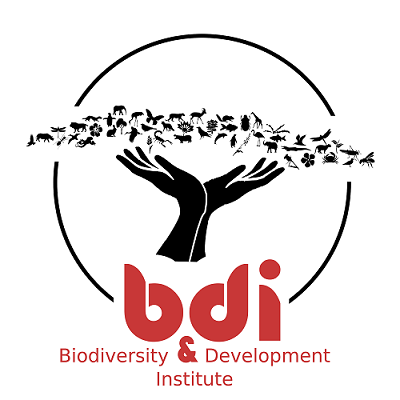View the above photo record (by Johan Kritzinger) in FrogMAP here.
Find the Namaqua Caco in the FBIS database (Freshwater Biodiversity Information System) here.
Family Pyxicephalidae
NAMAQUA CACO – Cacosternum namaquense
Werner, 1910
Habitat
C. namaquense occurs in the winter-rainfall regions of Namaqualand and the Richtersveld, mainly in Upland Succulent Karoo vegetation. The annual precipitation is low, averaging 150–300 mm (Schulze 1997). There are a few records of this species in Bushmanland, where rainfall occurs mainly during late summer and autumn and the vegetation type is Bushmanland Nama Karoo.
The species is generally associated with rocky granitic outcrops, locally referred to as “Namaqualand klipkoppies”, where it shelters under stones and exfoliating granite or in cracks during the dry season, emerging in wet periods to feed and reproduce. It is highly cryptic with blotches of beige and brown and stippled markings that break up its outline, enabling it to blend with the granite substrate.
Breeding takes place in temporary pools formed in eroded “tanks” in granitic bedrock, rocky streambeds, permanent pools and seeps or springs in granitic inselbergs, but the species has also adapted well to breeding in man-made dams, quarries and borrow-pits.
Behaviour
Breeding is opportunistic and correlated with sparse rainfall events. Calling has been recorded after rains in July, August, September, October, November, March and April. Little is known of the breeding biology of this species, although Channing (2001) recorded the laying of two clutches containing 43 and 69 eggs respectively. Males call from beneath vegetation or from exposed positions at or near the water’s edge. The advertisement call is a repeated, nasal bleat, frequently followed by a clicking territorial call. Calling is antiphonal, producing an almost continuous chorus. Males engage in territorial disputes when other males approach too closely. The only known predators are large toads.
Status and Conservation
C. namaquense is a common frog in Namaqualand and the Richtersveld, and it does not appear to be threatened. It is known to occur in two protected areas: the Richtersveld Contractual National Park and the Goegap Nature Reserve. Its presence in the recently proclaimed Namaqualand National Park is unconfirmed.
Small-stock farming is the principal form of land use in the area, and has created a variety of new breeding sites for C. namaquense in the form of small dams and other impoundments. Although the regions in which C. namaquense occurs have low urbanization and industrial potential owing to their aridity, there is significant mining activity in the region, mostly for copper. The impact of this on C. namaquense is unknown.
A more tangible threat to this species could come from the quarrying of granite. These frogs aestivate in cracks in the rock, thus they are vulnerable to quarrying, as are many other endemic reptiles and invertebrates. Accordingly, any new quarrying activity in this region should be strictly controlled and monitored by conservation authorities, including insistence on the completion of full environmental impact studies before new permits are issued.
Distribution
C. namaquense is found throughout Namaqualand, with the exception of a narrow strip along the coast and most of the low-lying Knersvlakte. The distribution continues inland up to the escarpment. The species is recorded just east of Vanrhynsdorp (3118DB) in the south, and extends northwards beyond the atlas region into southern Namibia as far as the Hunsberg (2716DD). Its distribution extends eastwards into Bushmanland as far as the Ghaamsberg (2919AC). There are also southeasterly inland records from the Calvinia district (3019CD, 3119AB). Since the known distribution of C. namaquense is strongly correlated with the sparse road network in the area, it is likely that its range is more extensive. The atlas data are reliable but incomplete.

Further Resources
Virtual Museum (FrogMAP > Search VM > By Scientific or Common Name)
More common names: Namaqua Dainty Frog (Alternative English Name); Namakwa Blikslanertjie (Afrikaans)
Recommended citation format for this species text:
Scott E, Tippett RM. Namaqua Caco Cacosternum namaquense. BDI, Cape Town.
Available online at http://thebdi.org/2022/02/17/namaqua-caco-cacosternum-namaquense/
Recommended citation format:
This species text has been updated and expanded from the text in the
2004 frog atlas. The reference to the text and the book are as follows:
Scott E 2004 Cacosternum namaquense Namaqua Caco. In Minter LR
et al 2004.
Minter LR, Burger M, Harrison JA, Braack HH, Bishop PJ, Kloepfer D (eds)
2004. Atlas and Red Data Book of the Frogs of South Africa, Lesotho and
Swaziland. Smithsonian Institution, Washington, and Avian Demography
Unit, Cape Town.

